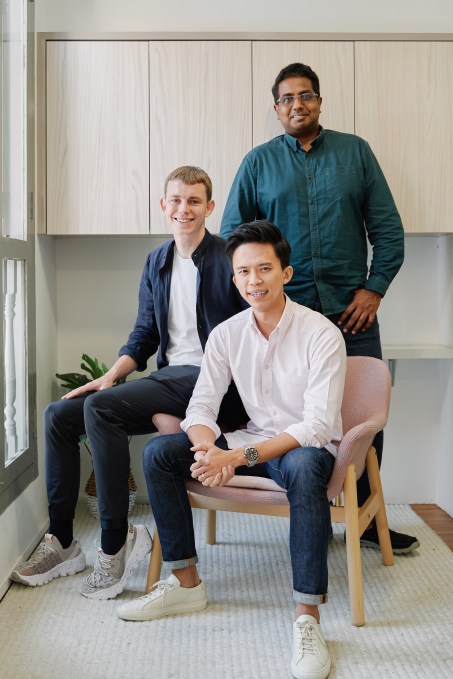Even in markets where credit card penetration is high, shopping cart abandonment remains a major source of concern for online sellers. Now imagine the situation in Southeast Asia, where many countries have dozens of electronic wallets, buy now services, pay later and other forms of payment. Bank transfers are also a popular option for online purchases, but they involve multiple steps, which increases the risk of cart abandonment.
Arrow wants to make the checkout process easier by acting as a layer on top of payment gateways. Supports over 50 different payment methods, including major ones in Singapore, Malaysia, and Indonesia (including Atome, GrabPay, Boost, and GoPay).
The company announced today that it has raised $4.8 million led by Sequoia Capital India, with participation from Alpha JWC and Zinal Growth. Angel investors including AIG and Maxis board member Ooi Huey Tyng, Paysend COO Steve Vickers, and Coinbase Southeast Asia director Hassan Ahmed also participated in the round.

Arrow Co-Founders: Sudhan Raj, Sebastian Roervig and Neo Liat Beng
Launched 15 months ago, Arrow was founded by Liat Beng Neo and Sebastian Roervig and is now used by 100 merchants. Liat Beng Neo told TechCrunch that one of the main reasons for cart abandonment is that “current checkout processes in the region don’t take into account its incredible diversity. Southeast Asia is made up of eleven different countries, each with their own unique e-commerce habits and nuances.”
For example, he added that some regions have poor internet connectivity, so customers may abandon the checkout process if they try to click through multiple web pages. Even popular payments like bank transfers involve multiple steps, each carrying the risk of a customer changing their mind about a purchase.
In addition to payment methods, Arrow also integrates shipping information and affiliate loyalty programs, so customers see everything on one checkout page. Arrow can be integrated into shopping platforms like WooCommerce or Magneto or via APIs allowing merchants to replace their existing storefronts with Arrow. For social commerce, retailers get a checkout link that they can message their customers.
Arrow can be used by all kinds of merchants, but it focuses on FMCG and other discretionary goods and services, Liat Beng said, because they tend to have high cart abandonment rates. It also caters particularly to merchants dealing with high order volumes, as they would benefit most from improvements in cart abandonment rates, she added.
Arrow is currently active in Singapore, Malaysia, and Indonesia, and plans to focus on those three markets for now, while planning to expand into the Philippines, Thailand, and Vietnam.
